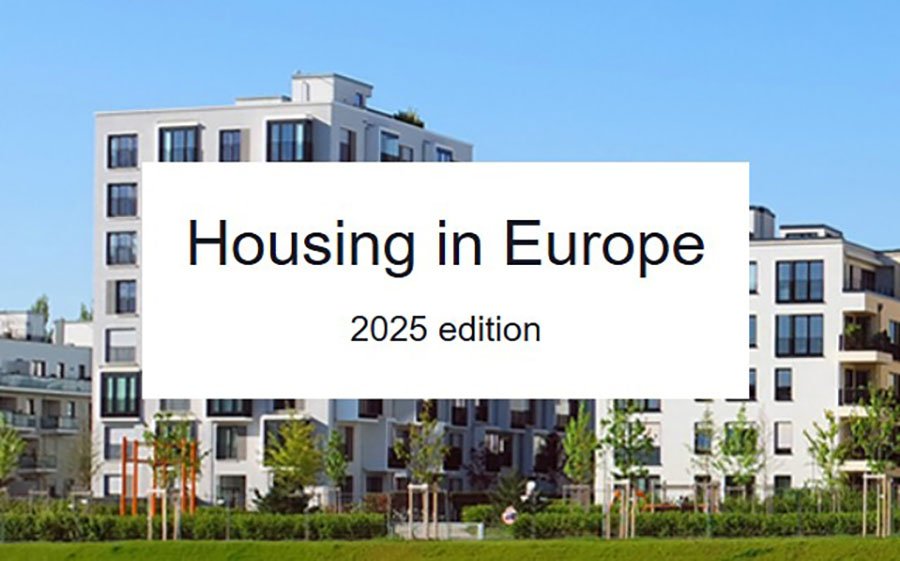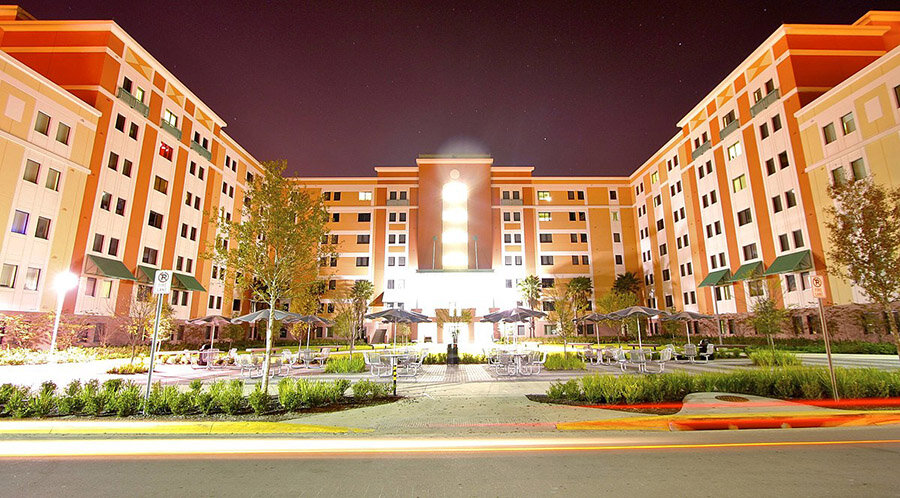читайте также
 Airbus recalls more than 6,000 A320 aircraft: causes and consequences for the aviation market
Airbus recalls more than 6,000 A320 aircraft: causes and consequences for the aviation market
 Canada’s Air Travel Meltdown: 75 Cancellations, 864 Delays and Thousands Stranded Across Toronto, Montreal, Vancouver and Beyond
Canada’s Air Travel Meltdown: 75 Cancellations, 864 Delays and Thousands Stranded Across Toronto, Montreal, Vancouver and Beyond
 Branded and Independent Hotels: Key Decisions, Risks and Opportunities for Investors in 2025
Branded and Independent Hotels: Key Decisions, Risks and Opportunities for Investors in 2025
 Travel Turmoil Hits Asia: 77 Cancellations and 611 Delays Leave Thousands Stranded as Shanghai, Shenzhen, Malaysia, Tibet, Taiwan
Travel Turmoil Hits Asia: 77 Cancellations and 611 Delays Leave Thousands Stranded as Shanghai, Shenzhen, Malaysia, Tibet, Taiwan
 Europe’s 2025 Tourism Rebound: How the Continent Stays Strong Amid Rising Costs and Changing Travel Trends
Europe’s 2025 Tourism Rebound: How the Continent Stays Strong Amid Rising Costs and Changing Travel Trends
 How the EU Real Estate Market Has Changed in 14 Years: Housing Prices, Costs, and Investments
How the EU Real Estate Market Has Changed in 14 Years: Housing Prices, Costs, and Investments
Вusiness / Real Estate / Investments / Analytics / Reviews / USA / United Kingdom / Netherlands 14.04.2025
Student Housing in 2025: Trends, Technology & Investment Potential

Student housing is becoming a key component of the educational and investment landscape in 2025. Universities and developers are actively adapting to evolving tenant expectations, new government regulations, and overall pressure on the real estate market.
The New Reality: Transformation in the U.S. Market
The student housing market in the U.S. is undergoing rapid transformation, driven by Gen Z demands and the aftermath of the pandemic. Priorities now include sustainability, digital infrastructure, social spaces, and mental health awareness. Developers increasingly treat student residences as strategic assets that enhance campus value, according to Forbes.
College House reports growing preference for ESG-compliant housing: energy-efficient layouts, solar panels, and recycling programs are becoming standard. Institutional investors are particularly drawn to these trends. “Sustainability is no longer a niche — it’s becoming central to investment decisions,” says Sarah Miller of GreenVest Capital.
Up Campus Living notes the rise of mega-complexes with 1,000+ beds near major campuses, complete with coworking zones, gyms, and cafes. “Large student properties offer high service levels and strong security,” says David Lawrence from NorthPoint Living.
The pandemic intensified social isolation. In response, architects are designing with community in mind — like KTGY’s Thrive Hall, where students live in small clusters with shared lounges. “Students today want solitude, but also a sense of belonging,” says urbanist Megan Chu.
AI is playing a growing role in operations — from maintenance forecasting to application automation. Social media is becoming the main channel between tenants and property managers. “Technology is making services nearly invisible to residents,” says James O'Hara of PropTech Solutions.
Students are also booking earlier and favoring transparent pricing and well-managed properties. “Students will trade flexibility for certainty,” adds Laura Bennett of RentEdge.
At the same time, interest in luxury amenities is waning. According to Studenthousingbusiness.com and Pew Research, students prioritize Wi-Fi, laundry, and parking over rooftop pools. Developers are rethinking their amenity strategies.
Global Trends and Investment Outlook
Outside the U.S., similar dynamics are shaping markets in Europe and beyond. Key trends — housing scarcity, investor interest, and hybrid living models — are nearly universal.
In the UK, Knight Frank reports a chronic shortage of beds, especially in top university cities. In the Netherlands, housing access is tightening, particularly for international students, due to soaring rents and limited construction.
Colliers notes continued investor appetite for student housing and co-living formats across EMEA due to their resilience and demand predictability. Co-living models — where residents have private rooms but share kitchens, lounges, and workspaces — are gaining traction in dense urban centers. According to El País, this format is booming in 2025, especially among students, freelancers, and digital nomads seeking community and flexibility.
Design priorities in 2025 focus on smart security, biometric access, and common areas fostering fast adaptation, says Spaces4Learning. More campuses now integrate housing, study, and recreation in multifunctional ecosystems.
QX Global Group highlights smart automation as the key to operational efficiency in 2025. Tools like virtual assistants, flexible booking, and wellness support services increase tenant satisfaction and brand loyalty.
Conclusion
In 2025, student housing is more than shelter — it’s an institutional differentiator, an innovation lab, and a community builder.
For universities, it’s a way to attract top talent. For developers, it’s a playground for design and technology. For investors, it’s a stable asset with predictable returns.
With global demand rising and expectations shifting, this segment is evolving into a cornerstone of the modern educational experience — balancing affordability, technology, and community.





